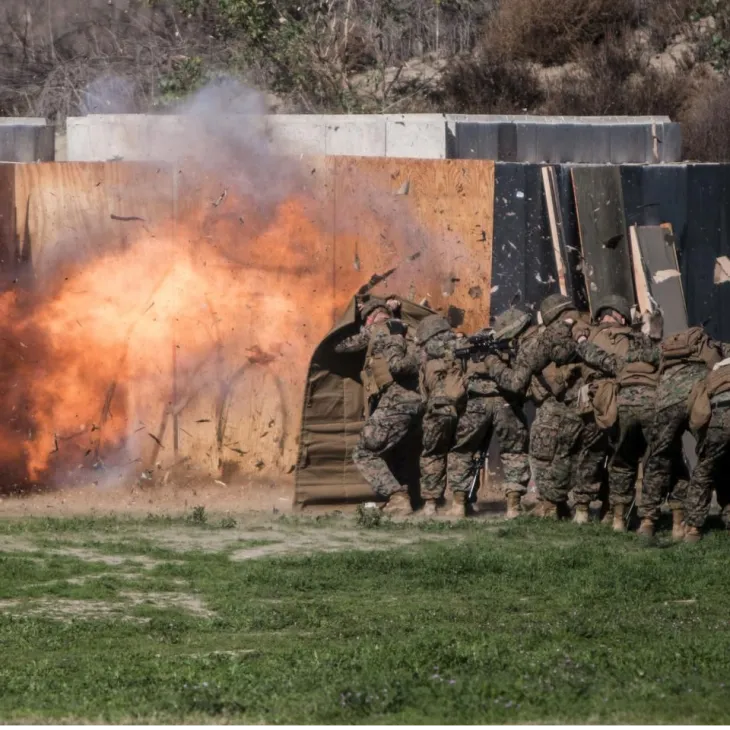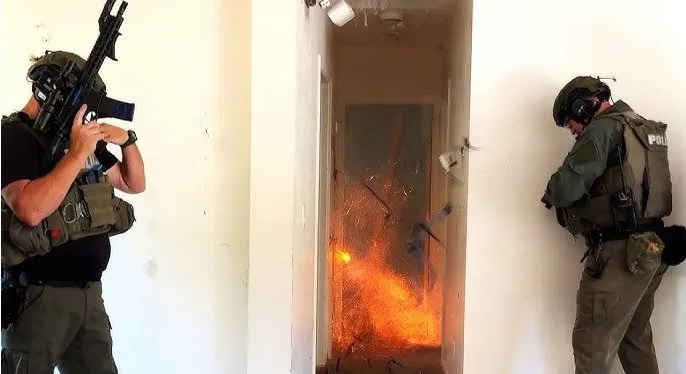
Breacher Syndrome, Blast Injury and the Stigma of PTSD
By:
Dr. Carol Henricks
On
07/02/2025Summary:
Breacher syndrome has been acknowledged in medical literature, but the acknowledgement leaves out the fact that essentially all combat veterans have experienced multiple blasts and therefore have suffered some degree of brain injury. Forceful blasts are part of war: large caliber weapons, IED’s, door breaches, small weapons fire, etc. It has been acknowledged that blast waves create micro tears in brain tissue, damage blood vessels and create chemical disturbances in the brain. Brain injury and the associated symptoms are the signature injury of the post- 911 conflict, yet there is no effective plan in place to evaluate and treat this injury.

Symptoms of breacher syndrome aka blast brain injury include a group of symptoms notated as “PTSD”. Unfortunately being diagnosed with PTSD has an associated stigma, which causes injured veterans to avoid being diagnosed. Psychologists and Psychiatrists are the only specialty in medicine that typically do not image the organ (the brain) that they treat. This is a problematic disconnection. Why would you say that someone is mentally or psychiatrically ill when they have a brain injury condition ?


So what is the solution? Veterans need to be evaluated for the brain injury that they have suffered. Routine head CT scans and Brain MRI even with contrast do not demonstrate blast injury. Special applications of Brain MRI such as MRI – DTI (diffusion tensor imaging)- NQ (Neuroquantitative analysis) are necessary to demonstrate the micro- tears in brain tissue that are manifested by the increased diffusivity of water at the site of injury. DTI imaging demonstrates truncated fiber tracts consistent with injury. Sophisticated Neuroquantitative software is able to demonstrate areas of atrophy that have occurred due to untreated injury and the progressive neurodegenerative process that has occurred. Brain quality SPECT (Single Photon Emission Computed Tomography) scans help to demonstrate injured brain tissue. Psychiatrist Dr. Daniel Amen has kicked the door open using brain quality SPECT scans to identify injured areas of the brain associated with different “psychiatric” diagnoses. “Psychiatric” symptoms in military combat veterans is all brain injury.
Brain health is mental health.
Carol L. Henricks, M.D. Neurologist
Subscribe form
Join our Neurology newsletter and get expert insights on brain health, the latest treatments, and tips for overall well-being — delivered straight to your inbox..
